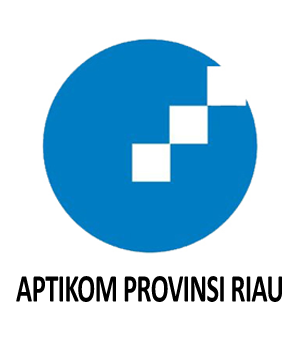Implementation of Adaptive Neuro-Fuzzy Inference System (Anfis) Method on Rice Price Prediction in Lubuklinggau City
Abstract
The problem behind this research is the imbalance between the capacity offered and the capacity demanded by the community, resulting in uncontrolled rice prices, so it is necessary to predict rice price in the future to monitor the stability of rice prices in the Lubuklinggau City area. In this study, the Adaptive Neuro-Fuzzy Inference System (ANFIS) method was used to predict future rice prices. The sample used in this study is data on rice price in Lubuklinggau City from January 2016 to December 2020. The result of the prediction of rice price in the Lubuklinggau City area for the next five years. With the accuracy value in rice price predictions based on MSE training, numely 99,9037% and based on the MSE test that is 99,8784%. While the accuracy values of rice price predictions based on MAPE training and testing are 93,2997% and 88,2782%, respectively. For the accuracy value of rice price prediction result based on the MSE and MAPE values respectively namely 99,8935% and 92,9212%. It can be concluded that the ANFIS method is very effectively used for the process of predicting a price or value in the future
Downloads
References
[2] Directorate General of BP Holtikultura,"Rice commodity profile," Ews.Kemendag. Go.Id,2003, [Online]:https://ews.kemendag.go.id/sp2kplanding/assets/pdf/130827_ANL_UPK_Beras.pdf.
[3] C. O. Doaly, P. Moengin, and G. Chandiawan, “Pemilihan Multi-Kriteria Pemasok Department Store Menggunakan Metode Fuzzy Ahp Dan Topsis,” J. Ilm. Tek. Ind., vol. 7, no. 1, pp. 70–78, 2019, doi: 10.24912/jitiuntar.v7i1.5037.
[4] M. H. Siregar, “Data Mining Klasterisasi Penjualan Alat-Alat Bangunan Menggunakan Metode K-Means (Studi Kasus Di Toko Adi Bangunan),” J. Teknol. Dan Open Source, vol. 1, no. 2, pp. 83–91, 2018, doi: 10.36378/jtos.v1i2.24.
[4] A. Cashmere,"Understanding and Types of Predictions, Forecasting and Implementation," Preda Media, 2003. https://initu.id/amp/understanding-and-type-prediction-forecasting-forecasting-and-implementation/.
[5] A. Finally,"Digital Image Processing, Video Processing, Pattern Recognition, and Data Mining," 2018. https://pemrogramanmatlab.com/2018/12/31/prediksi-harga-saham-menggunakan-algoritma-anfis/#more-7256.
[6] M. Darussalam,"Implementation of Adaptive Neuro Fuzzy Inference System for Student Duty Admission Selection System at Smk Prima Wisata Jakarta," None, vol. 13, no. 1, pp. 66–75, 2017.
[7] F.M. Siregar,G. W. Nurcahyo, and S. Defit,"Predictionof The Results of The Competency Examination of Doctor Profession Program (UKMPPD) students with ANFIS Approach," J. RESTI (Sist. and Teknol Engineering. Information), vol. 2, no. 2, pp. 554–559, 2018, doi: 10.29207/resti.v2i2.388.
[8] W. Rahayu,"Model of Determining Outstanding Teachers Based on Adaptive Neuro Fuzzy Inference System(Anfis),"J. Sisfotek Glob., vol. 7, no. 1, pp. 101–107, 2017, [Online]. Available: https://journal.stmikglobal.ac.id/index.php/sisfotek/article/view/134.
Copyright (c) 2021 Zul fauzi, Budi Santoso, M. Agus Syamsul Arifin, Siti Nuraisyah

This work is licensed under a Creative Commons Attribution-ShareAlike 4.0 International License.
This is an open-access article distributed under the terms of the Creative Commons Attribution-ShareAlike 4.0 International License which permits unrestricted use, distribution, and reproduction in any medium. Users are allowed to read, download, copy, distribute, search, or link to full-text articles in this journal without asking by giving appropriate credit, provide a link to the license, and indicate if changes were made. All of the remix, transform, or build upon the material must distribute the contributions under the same license as the original.















